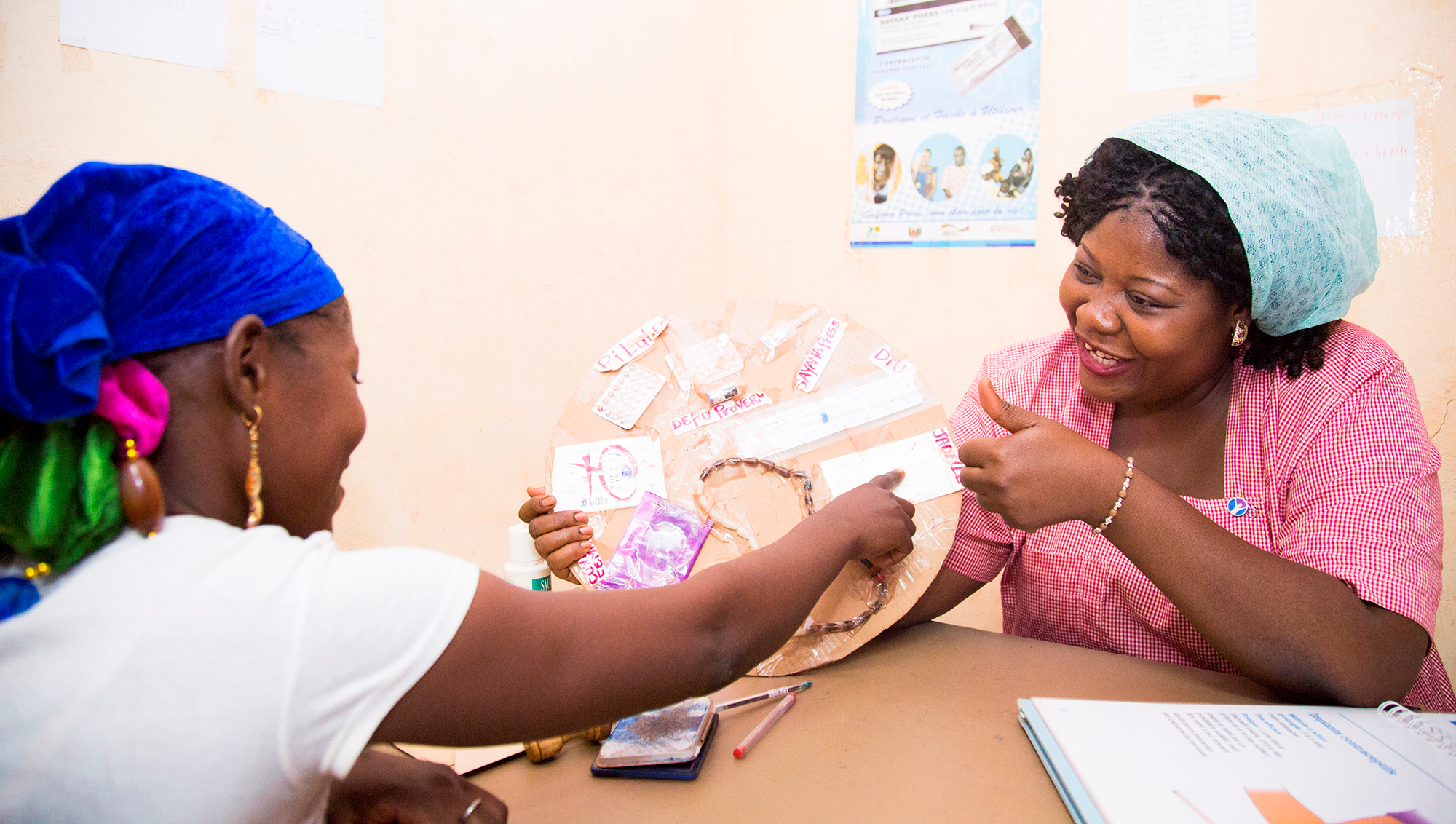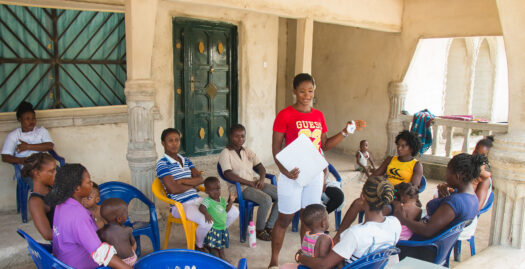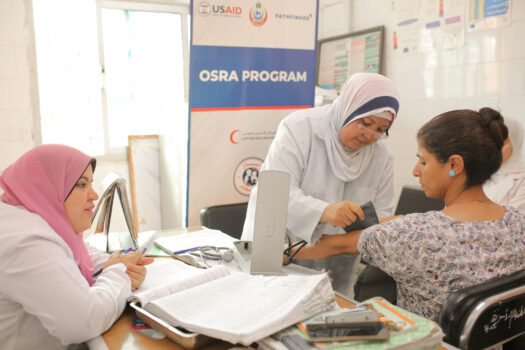Provider bias is not a new problem, but it is a problem that requires new approaches.
For decades, we have offered training and supervision to providers to eliminate their biases. But no matter how much training we offer, provider bias endures.
Provider biases hinder the access of women and girls to high-quality contraceptive services—that is, services that are empathetic, non-judgmental, and ensure voluntary, informed choice of the full range of contraceptive methods irrespective of marital status, age, or parity.
This is especially true among youth.
Of the estimated 38 million sexually active adolescents in developing regions who do not want a child in the next two years, 23 million have an unmet need for contraception.
Bias— a complex human condition
We have not been able to eliminate provider bias, because bias is a complex human condition.
We all have inherent biases, and they are unique.
While some providers may not want to offer contraception to unmarried, sexually active adolescents because they are morally opposed to premarital sex, other providers, even within the same facilities, may not provide contraception to any young person who has not had several children.
Through training, providers learn that denying services based on these biases is wrong. But they still do it.
This is largely because they have one foot in the facility and one foot in the community. In other words, they feel committed to providing quality, unbiased contraceptive services, but they are equally committed to honoring the sociocultural norms and traditions in which they live.
Unless providers can identify their biases, understand their roots, and develop the resolve to work through them, they will continue to compromise the quality of the contraceptive services they provide.
They will continue to deny women and girls their sexual and reproductive health and rights.
An innovative, interdisciplinary partnership

Pathfinder’s Beyond Bias program takes a new, interdisciplinary approach to addressing this longstanding human condition by developing, testing, and refining new, innovative, scalable solutions that address provider bias.
Beyond Bias—which operates in urban and peri-urban areas of Burkina Faso, Pakistan, and Tanzania—brings together experts in adolescent and youth sexual and reproductive health, behavior change communications, human-centered design, behavioral economics, and market segmentation to address provider bias. This type of public health collaboration is new, and the complementarity of these approaches is where the innovation lies.
The premise of Beyond Bias partnership is the recognition that provider bias is complex, that the drivers of bias are diverse—even among providers working at the same health facility. Our approach arrives at tailored solutions that allow us to help providers work through specific attitudes and behaviors that prevent them from providing young people quality contraceptive services.
Beyond Bias partners
Pathfinder leads the project, with more than 30 years of experience in adolescent and youth sexual and reproductive health programming and behavior change. We ensure that we are not just repackaging old ideas that have already been tried (and failed), but truly developing new solutions. We use our experience operating at scale to develop solutions that are scalable within real-life health system constraints. We ground solutions in behavior change theory and cognitive science.
Camber Collective conducted segmentation research. Through a survey of providers in each country, Camber Collective divided providers into six segments based on behavior and attitudinal profiles, how providers interact with clients, and their service delivery environment. This type of segmentation allows us to understand the nuance of bias and develop solutions tailored to the biases of different groups.
YLabs takes a human-centered design approach to understanding the types of provider bias that exist, and the factors that drive this bias. Findings from this type of design research will support the development and prototyping of tailored solutions.
Behavioral Economics in Reproductive Health Initiative examines the project’s design from a behavioral economics lens. Behavioral economics brings together economics and psychology to understand how people make decisions. The field of behavioral economics grew from the theory that making small changes to our environments can allow us to align our decisions with our long-term desires and goals.
Small shifts, big potential

Currently, we are in the final stages of designing tailored solutions to provider bias, which are informed by rich insights from design research conducted during the initial phase of the project. We are testing solution “prototypes” through sessions with providers and their communities.
As Beyond Bias Director, I am extremely enthusiastic about the potential of our program to identify small changes that can be made to shift provider biases. These small behavioral shifts can have a huge impact toward eliminating some of the most prevalent barriers youth face when attempting to access contraception.
Read more about the Beyond Bias partnership.



